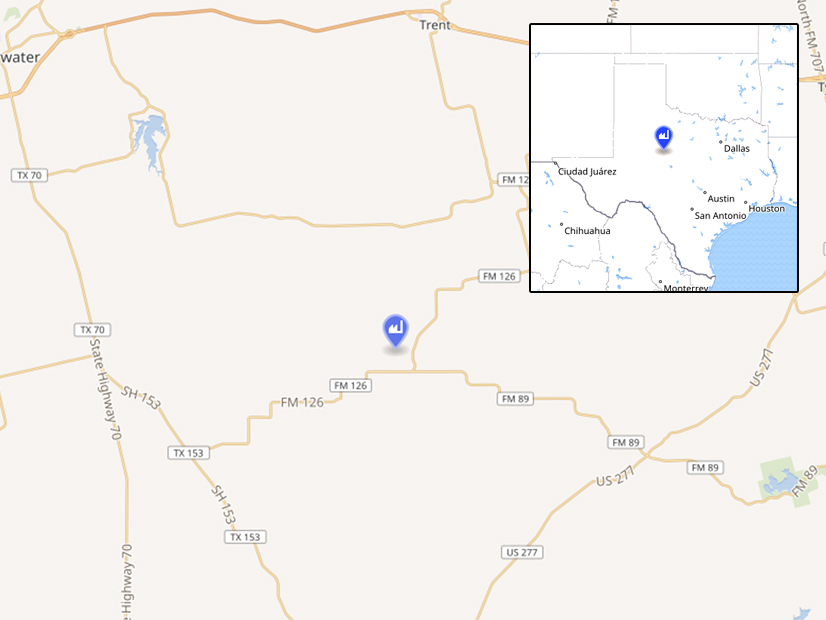
The Texas Reliability Entity knocked another registered entity for violating NERC’s facility ratings standards last month, assessing a $105,000 penalty in a settlement with the Buffalo Gap Wind Farm (NP22-30).
FERC said Friday it would not further review the settlement, leaving the penalty intact.
NERC submitted the settlement to the commission in its monthly spreadsheet Notice of Penalty (NOP) on Aug. 31, the same day it submitted a separate NOP and spreadsheet NOP concerning violations of the Critical Infrastructure Protection (CIP) standards. Details of the utilities and regional entities involved in these violations were not disclosed, in accordance with NERC and FERC’s policy treating CIP infringements as critical energy/electric infrastructure information. (See FERC, NERC to End CIP Violation Disclosures.)
Buffalo Gap Wind Farm — located about 20 miles southwest of Abilene, Texas — was built in three phases between 2006 and 2008 and has a total capacity of 520 MW. During a compliance audit in 2020, Texas RE determined that the facility was in violation of reliability standard FAC-009-1 (Establish and communicate facility ratings) and its successor FAC-008-3 (Facility ratings). FAC-009-1 was in effect from 2009 to 2013, when it was replaced by FAC-008-3; FAC-008-3 was replaced by FAC-008-5 last year. (See “Standards Actions,” NERC Board of Trustees/MRC Briefs: Feb. 4, 2021.)
Requirement R1 of the original standard, and R6 of the second, requires transmission and generator owners to establish facility ratings that are “consistent with the associated facility ratings methodology [FRM].” However, Texas RE found that Buffalo Gap’s one-line diagram included elements that were not included in its FRM.
When confronted, the utility at first said that these elements were owned by another transmission owner, but the interconnection agreement confirmed that it was owned by Buffalo Gap. When the entity recalculated the FRM, it found that one of the elements, a switch, was the most limiting element in the facility. The miscalculation had been in effect ever since the utility made the original FRM in 2009 and ended when the facility ratings documents were updated on Aug. 26, 2021.
Texas RE determined the root cause of the error to be “a misunderstanding of the reliability standard” because “Buffalo Gap was not aware that the series elements should have been included in the facility ratings regardless of which entity owned them.” The regional entity assessed the violation as a “moderate” risk to the reliability of the bulk power system, noting that no harm is known to have occurred as a result.
To mitigate the violation, Buffalo Gap agreed to verify and revise its one-line diagram to “as-built conditions,” along with revising its facility ratings documentation and rewriting the FRM to describe rating sources and its process for deriving ratings. It also contracted a third part to undertake compliance verifications and mock audits to ensure the utility was in compliance with the appropriate standards.
Facility ratings issues are a frequent cause of penalties that come before FERC, as noted earlier this year in a report by SERC Reliability. (See SERC Urges Industry Effort on Facility Ratings.) Experts have warned that as utilities adopt new generation resources and the BPS comes under stress from climate change-induced severe weather, operators will need to get serious about building awareness of the limits of their own systems.


